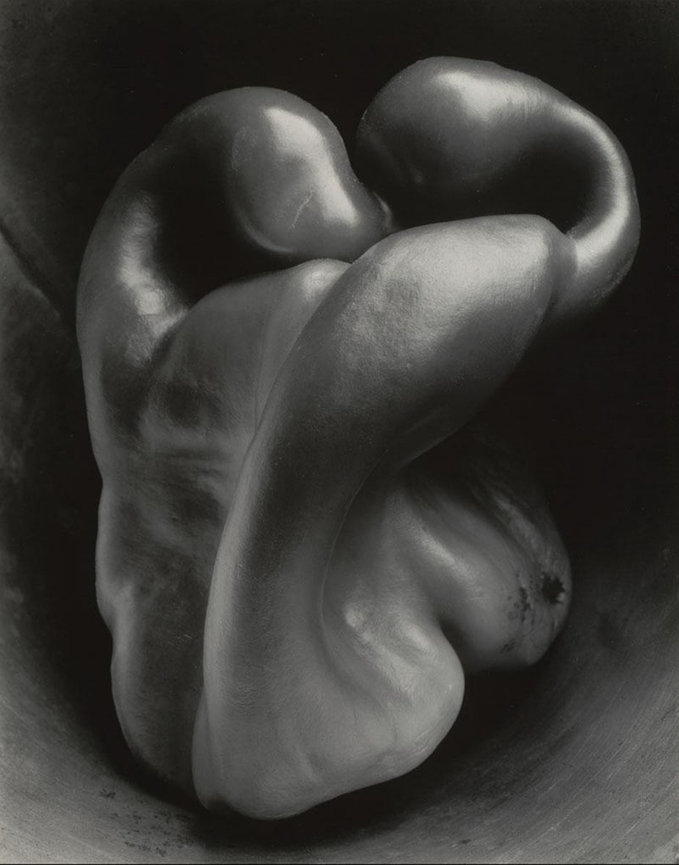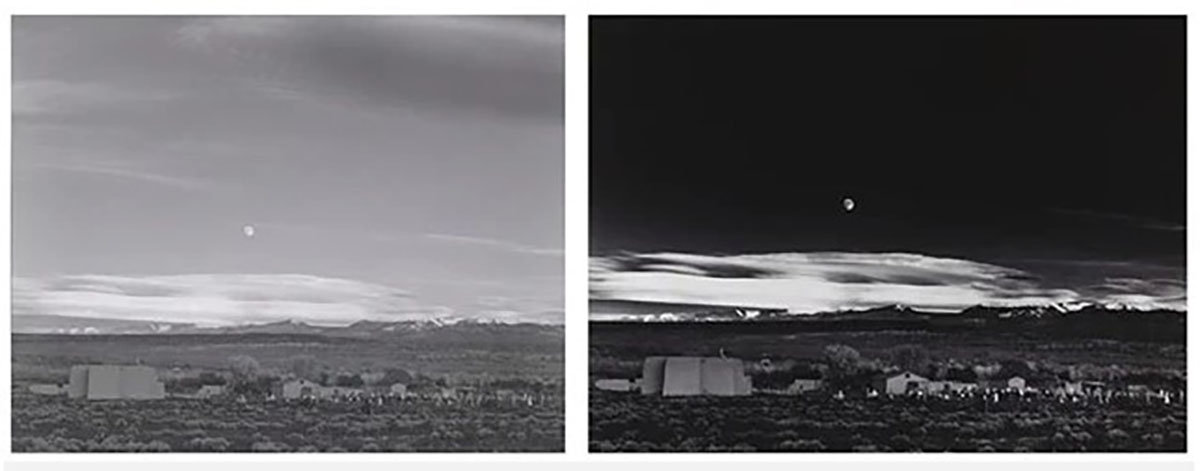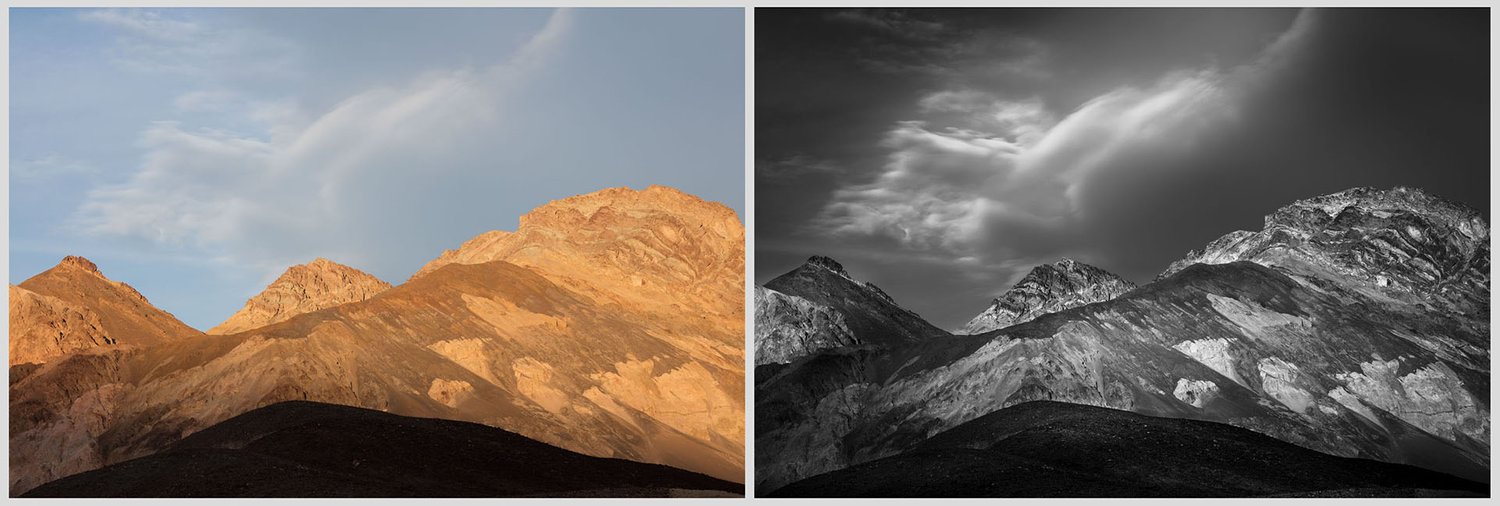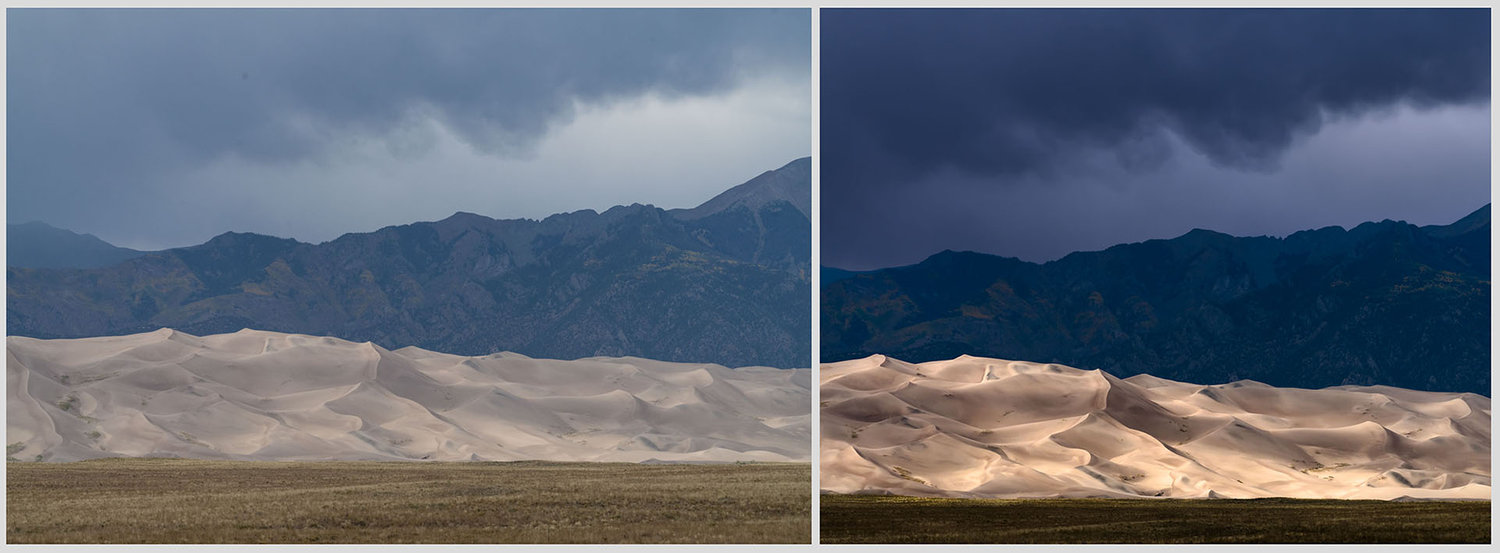People who view my photos (and those of many other photographers) often ask questions like "did it really look like that" and "is that really what you saw", or make comments like "you must have a really great camera" and "I'll bet that's photoshopped". I find these questions and comments curious. So I sometimes ask them why they asked the question or made the comment. The resulting conversations show that most people believe two things about photography. First, the camera is merely a recording device that does all the work, and second, that a photograph should only be a factual recording or truthful documentation of something that happened or was seen.
Of course, many photographs are meant to be just that. We call those photo journalism or documentary photography, genres of photography that record things, people, events, etc. as seen. But most people don't seem to realize or accept that photography is also an interpretive or expressive art. Photos can also be the photographer's interpretation of what was seen to express something more than or other than the scene recorded. Many photographers creatively use their cameras and darkrooms (chemical or digital) to make photographs that are more than just "what the photographer saw" or "what it looked like". Using creative license, they imaginatively interpret what they saw to make artistic images that express ideas, concepts, questions and/or emotions. For the purposes of this discussion, I'll call this "fine-art photography", which is distinct from documentary photography.
I've been trying to develop a way to talk about the difference between documentary and fine-art photography (at least as how I practice it) to help people understand photography as art, not just as a recording. Here's what I've come up with so far. Think of the two main genres of writing - fiction and non-fiction. Most people seem to believe that all photography is or should be non-fiction, and that it should never be fiction. Photojournalism and documentary photography should, of course, be non-fiction. But as observed above, there are many photographs that are not intended to be pure non-fiction, meaning that they are not meant to be a true and faithful recording, but are an interpretation or expression based on what was seen. However, they are not intended as pure fiction either.
Most of these photographs sit somewhere between non-fiction and fiction; just as historical fiction sits between the two. As with historical fiction, there is a starting point that is based, at least in part, on something seen and recorded. But, like the writer of historical fiction, the photographer then goes beyond the historical truth, and embellishes, or remixes, that recording to create an image that goes beyond something seen by adding something imagined. The resulting photograph is, in effect, a work of historical fiction, combining reality (or at least what was perceived as reality) with imagination. Such photographs are not meant to be documentary or photojournalistic photography. Rather, they are meant to be interpretive or expressive art.
Just as readers accept and enjoy historical fiction along with fiction and non-fiction. I think that viewers of fine-art photography should also accept and enjoy it as it is intended by the photographer, and not expect it to be pure non-fiction or documentary photography. Rightfully, viewers should be concerned with the veracity of non-fiction photos, but should appreciate the artfulness of fine-art photos without worrying too much about "what it looked like" or "is it photoshopped". When viewing a fine-art photograph the questions should shift from "is it real" or "is it true", to "what do I feel" or "how am I moved". Of course, as they say, beauty is in the eye of the beholder. So viewers can like a fine-art photo, or not. That's a matter of personal taste. But they shouldn't just dismiss it because it's perceived as somehow not real, when it was not intended to be.
To illustrate what I mean by the relationship between "reality" and "fine-art", think of Van Gogh's famous painting "Starry Night". It does not show what the night sky actually looked like, but shows his rather imaginative interpretation. And no one seems to care that it's not reality; they just think it's a very cool painting. So why not appreciate fine-art photography in the same way?
One of my favorite examples of fine-art photography is Edward Weston's "Pepper #30". At first glance it seems to be a documentary photograph of a green pepper. But Weston, lit and photographed the pepper and processed the resulting negative in his darkroom (chemical photoshop) in such a way that the photo expresses so much more than the depiction of a pepper. What else do you see when you view it? My wife and I visited the Weston Gallery in Carmel, CA where a stunning print of "Pepper #30" was on display. I asked the gallery manager how people reacted to the photo. He responded that a few wonder why he photographed a pepper, and that most people interpret it as an expression of a human figure or the connection between two lovers or two fighters. But it's just a green pepper.

Another favorite and well known example of fine-art photography is "Moonrise over Hernandez", perhaps Ansel Adams' most famous photograph. The final photograph is so much more than what Adams saw. The two photos below show two interpretations of the same negative. The one on the left is a straight print (what he saw or the camera recorded) from the negative, which means that he did not "photoshop" the negative in the darkroom to make the print. The one on the right shows how Adams interpreted the image in his darkroom. It's significantly different. It's not meant to be a recording of what was seen, but the expression of what he imagined and felt. The image on the left is somewhat ho-hum and boring. But Adams brought it to life in his darkroom to create the photo on the right.

Do we dismiss these two masterpieces because they were manipulated in the darkroom and, in some sense, are not what we might have seen had we been standing next to the photographers when they shutter clicked. Of course not! Nor should we dismiss photographs made in the digital age that were made with similar intent and manipulated in the digital darkroom to create something more than what was seen. I hope not! We should embrace them as the art they are intended to be. We should accept and enjoy the creativity and skill of the photographer, just as we might the creators of oil paintings.
This does beg the question of how a viewer can know the intention of the photographer. How do we know if a photograph is meant as truthful documentation or interpretive art? In literature, readers know the difference between fiction and not fiction because there is a well known and accepted labeling system. In addition, in historical fiction, there's often the knowledge of the history upon which the work is based. So people can usually tell the difference. With photography, it's not so obvious. We don't have an accepted labeling system or language to communicate the photographer's intent. I'll save that discussion for a future blog post.
Meanwhile, I've included three examples below of how I create fine-art photos from the "capture" of a raw file straight out of the camera. If you'd like to know more, just send me an email.

The photo on the left is the unedited capture as it came out of the camera. It's pretty boring, well, maybe just boring. The photo on the right is my interpretation of the scene to create the final image. I used the tools of the digital darkroom (Lightroom and Photoshop), to first convert the image to Black and White, and then worked on the tones, mostly by dodging and burning, to add more drama and power to the image. My process in the digital darkroom mirrored the process in the traditional darkroom as done by photographers like Ansel Adams and Edward Weston. Artist's Drive, Death Valley National Park.

The photo on the left is the unedited capture as it came out of the camera. Again, pretty boring, but it does seem to have potential. The photo on the right my interpretation made in the digital darkroom. My intent was to create more drama and power, and to reveal more of the structure in the sand dunes. I wanted the viewer to feel the storm and the shape of the dunes. To borrow Ansel Adams's term, in both cases, I pre-visualized the final image when I made the exposure in the field. This is not always the case. I often play with an image in the digital darkroom to explore possibilities before developing the final image. Clearing Storm, Great Sand Dunes National Park.

And the final example, the photo on the left is the unedited capture. Again, it's rather flat but interesting. I was attracted to the curve in the bottom half of the photo. The unedited images on the left is rather monochrome and there are some funky color temperature issues. So in the digital darkroom, I converted it to black and white, and cropped to keep only the sweeping curve at the bottom. My intent was to emphasize that curve and reveal more of the texture of the sand. I wanted the viewer to feel the movement of curve and grit of the sand. Of course, the title of the photo is "Swoosh". White Sands National Park.
16 Comments
Apr 3, 2022, 12:01:40 AM
Mark Gardner - Oh no. Thank you!
Apr 2, 2022, 11:35:53 AM
Al DaValle - Excellent article. Thank you.
Apr 1, 2022, 11:07:48 PM
Mark Gardner - Thank you!
Apr 1, 2022, 11:07:23 PM
Mark Gardner - Thanks Jan
Mar 30, 2022, 10:28:52 PM
Jan Feddersen - From a Mark fan, a thought. I am finishing a book on coaching, I am not a natural author, so it has been a project. Received great assistance from Stephen King's book "On Writing". available in audio and book. Follow his sage advice, it is succinct, funny and spot on. Your writing will improve to match your great photos quickly, so worth the effort to check King out, Other books on writing not worth it. It won't take long. Loved reading your insights on your photography. Wow!
Mar 30, 2022, 10:02:59 AM
Sally Hill - Enjoying your photography AND writing. Looking forward to more.
Mar 28, 2022, 5:40:24 PM
Mark Gardner - Thanks Marie!
Mar 28, 2022, 5:39:47 PM
Mark Gardner - Thanks Jon!
Mar 28, 2022, 5:38:56 PM
Mark Gardner - Thank you!
Mar 28, 2022, 3:26:42 PM
Donald L Miller - Very well stated Mark. In my opinion I hope that you continue with your writing.
Mar 28, 2022, 8:45:04 AM
Jon Wolf - Well written, Perfectly communicated!
Mar 27, 2022, 10:16:13 PM
Jane Alynn - Bravo, Mark, for taking on this blogging project. Blogging is hard: hard to write and hard to keep up. It’s also hard to manage comments, so I’m wishing you well. I’m also sending you a private note. Jane
Mar 27, 2022, 10:07:27 PM
Marie DiCristina - Hey Mark, your words have captured the heart of so many photographers. If someone has been in competition they know what I mean. Bravo! Keep your great thoughts coming!
Mar 27, 2022, 7:43:31 PM
Mark Gardner - Thanks Shannon! I appreciate it. Do you want me to add you to my notification list?
Mar 27, 2022, 6:45:59 PM
Shannon Bailey - Keep writing Mark. I appreciate what a photographer I admire has to say. This spoke of my own explorations in artistic expression.
Mar 27, 2022, 11:09:19 AM
Dona - Your biggest fan!